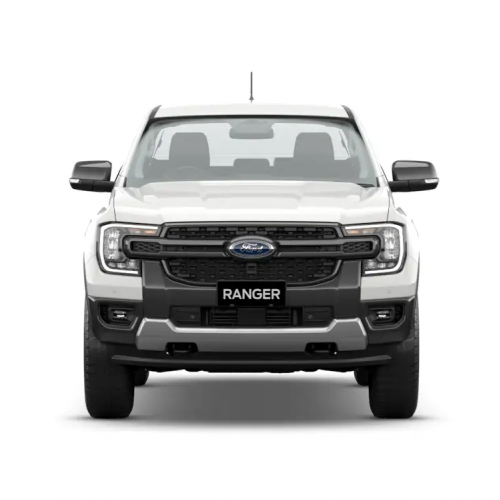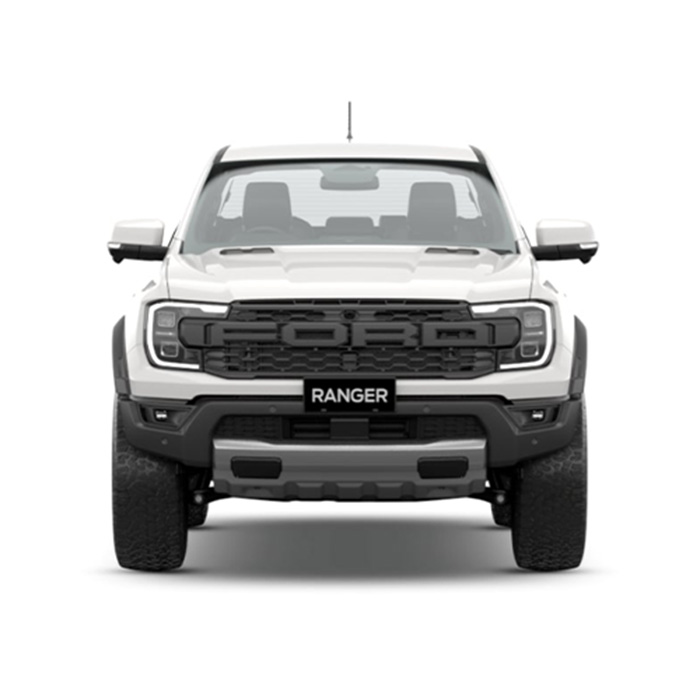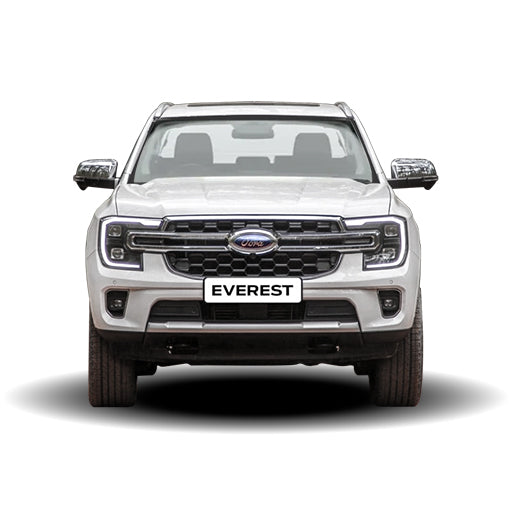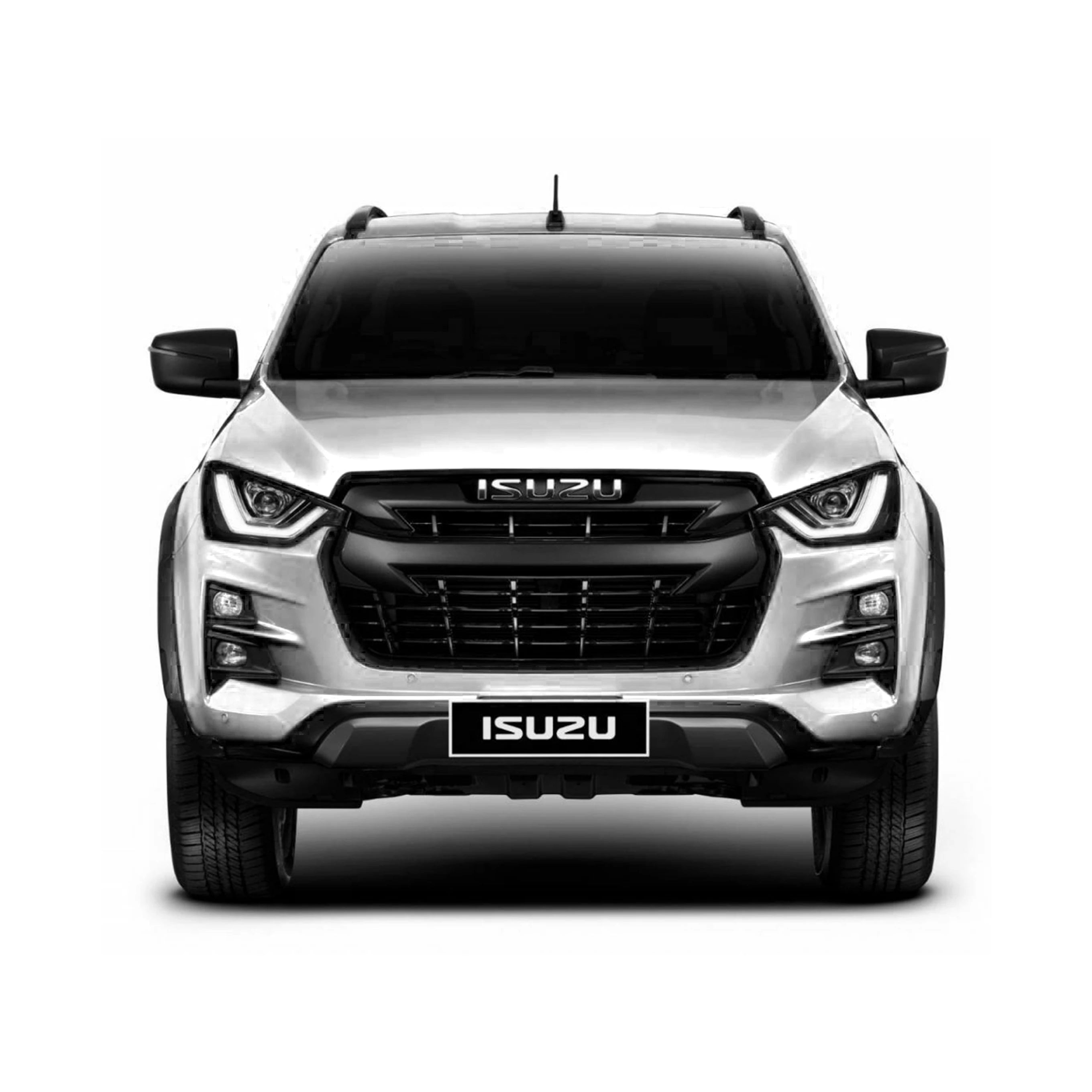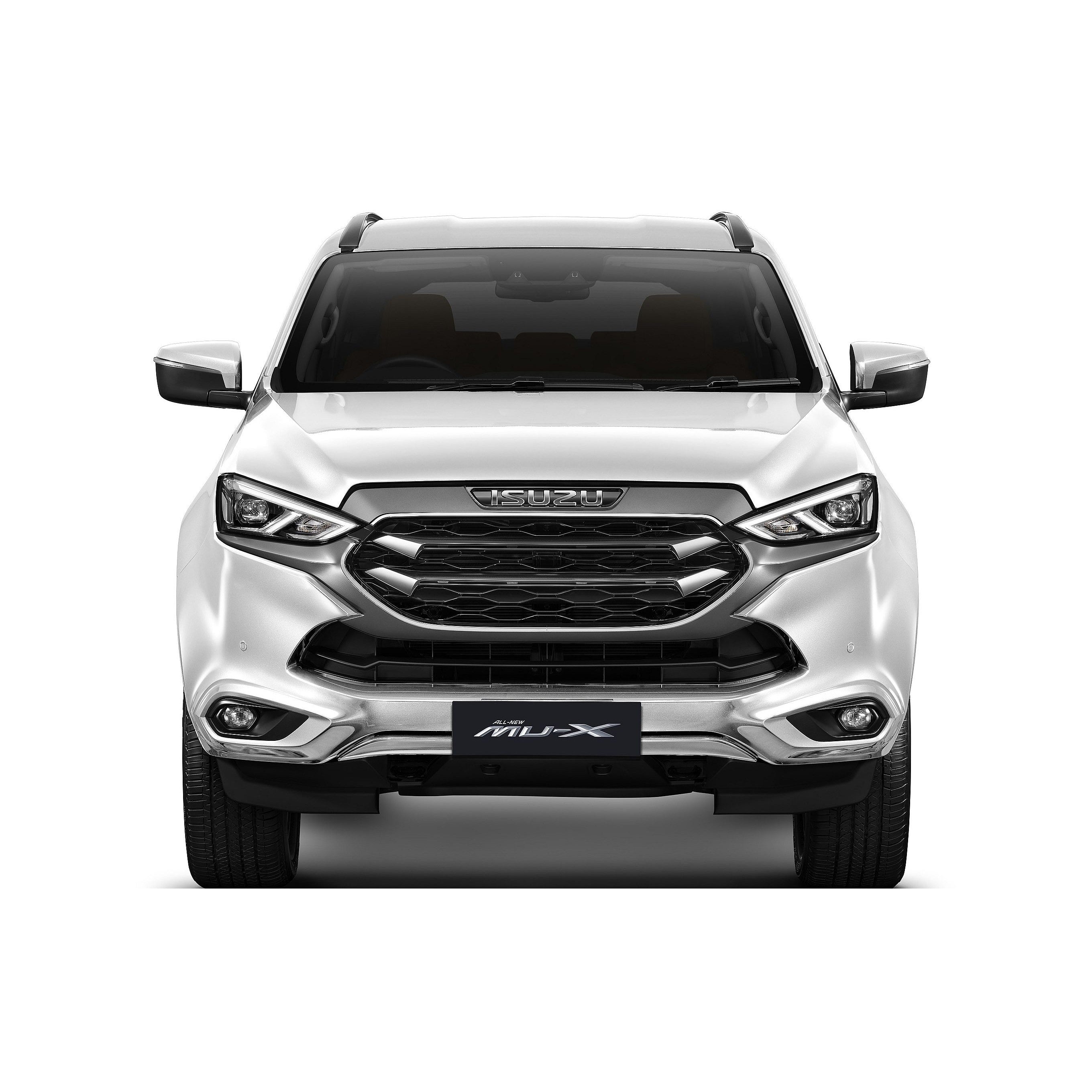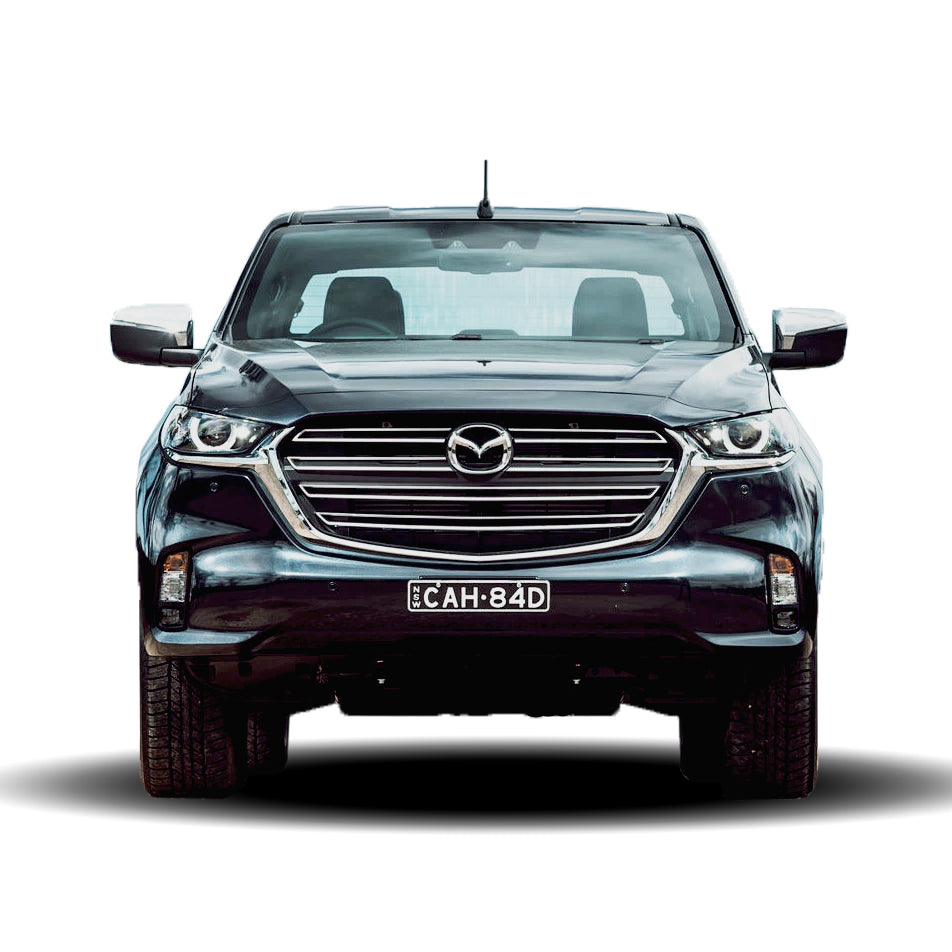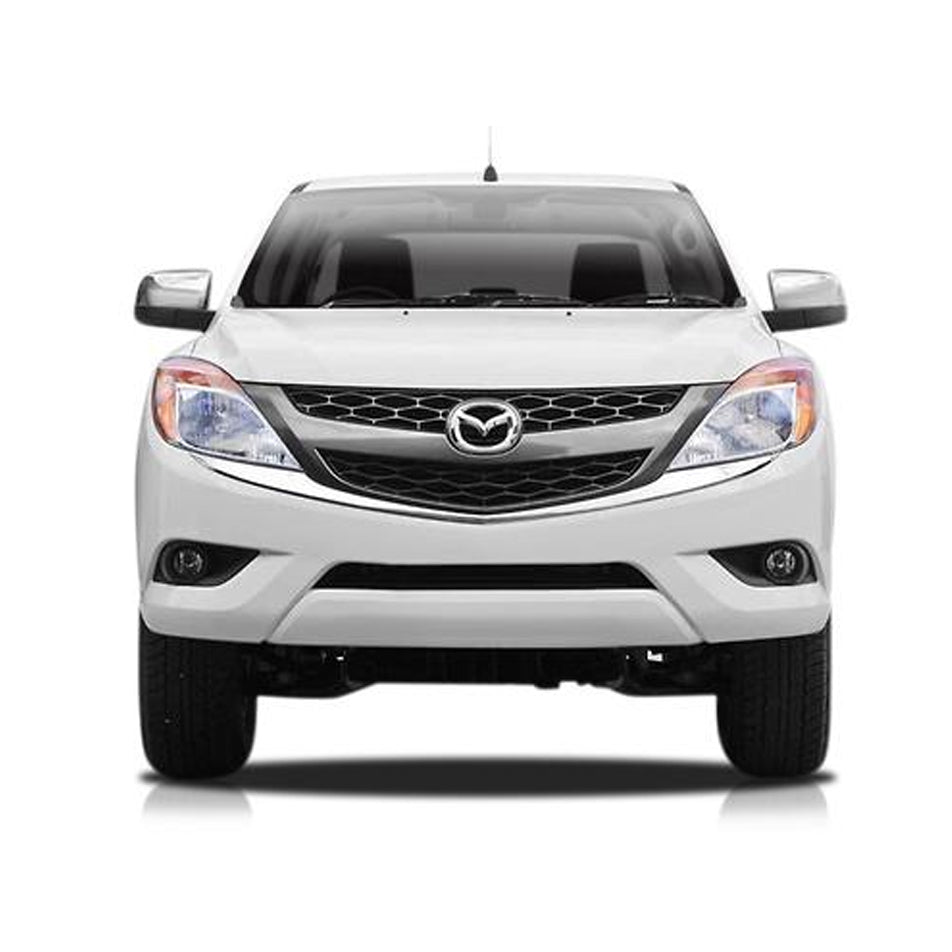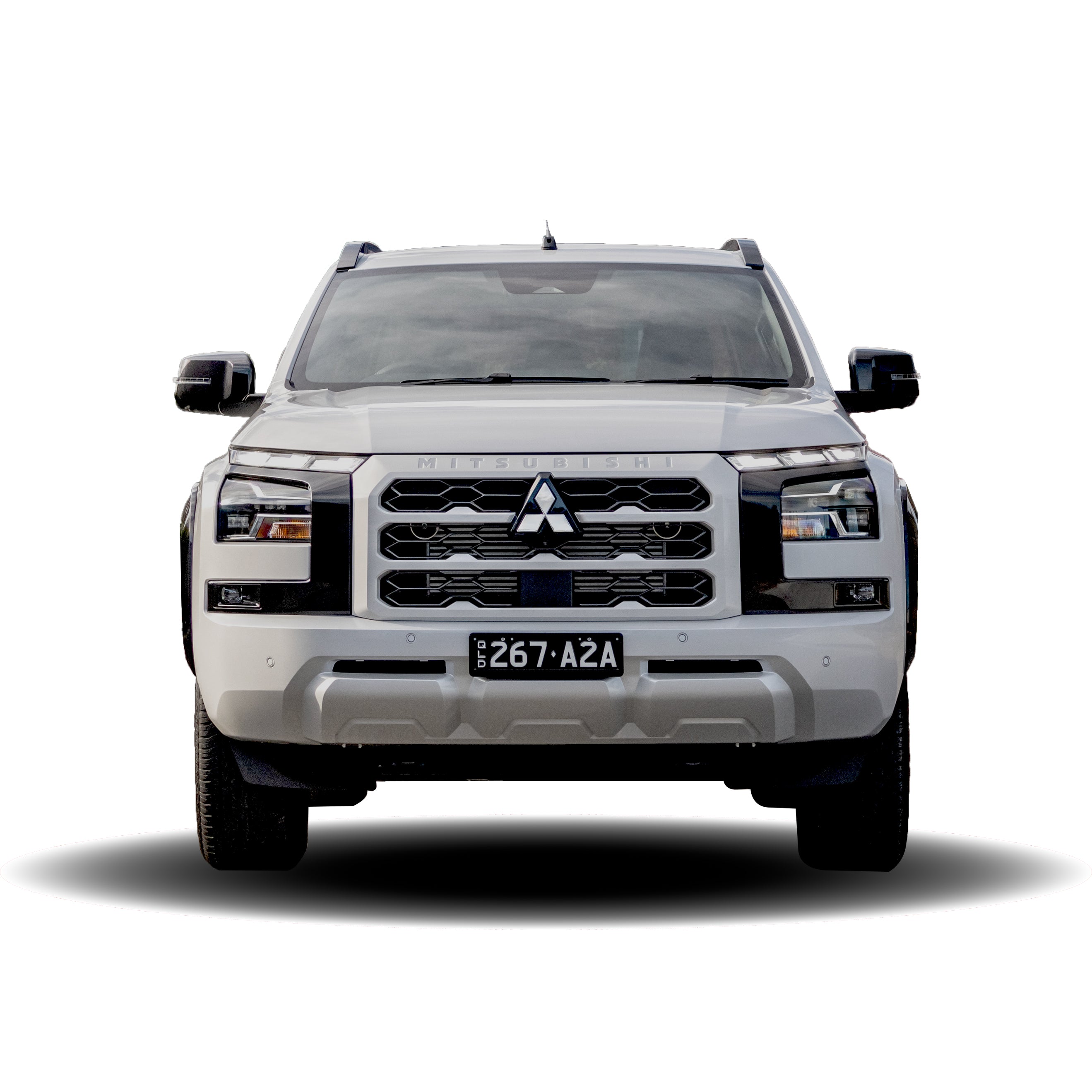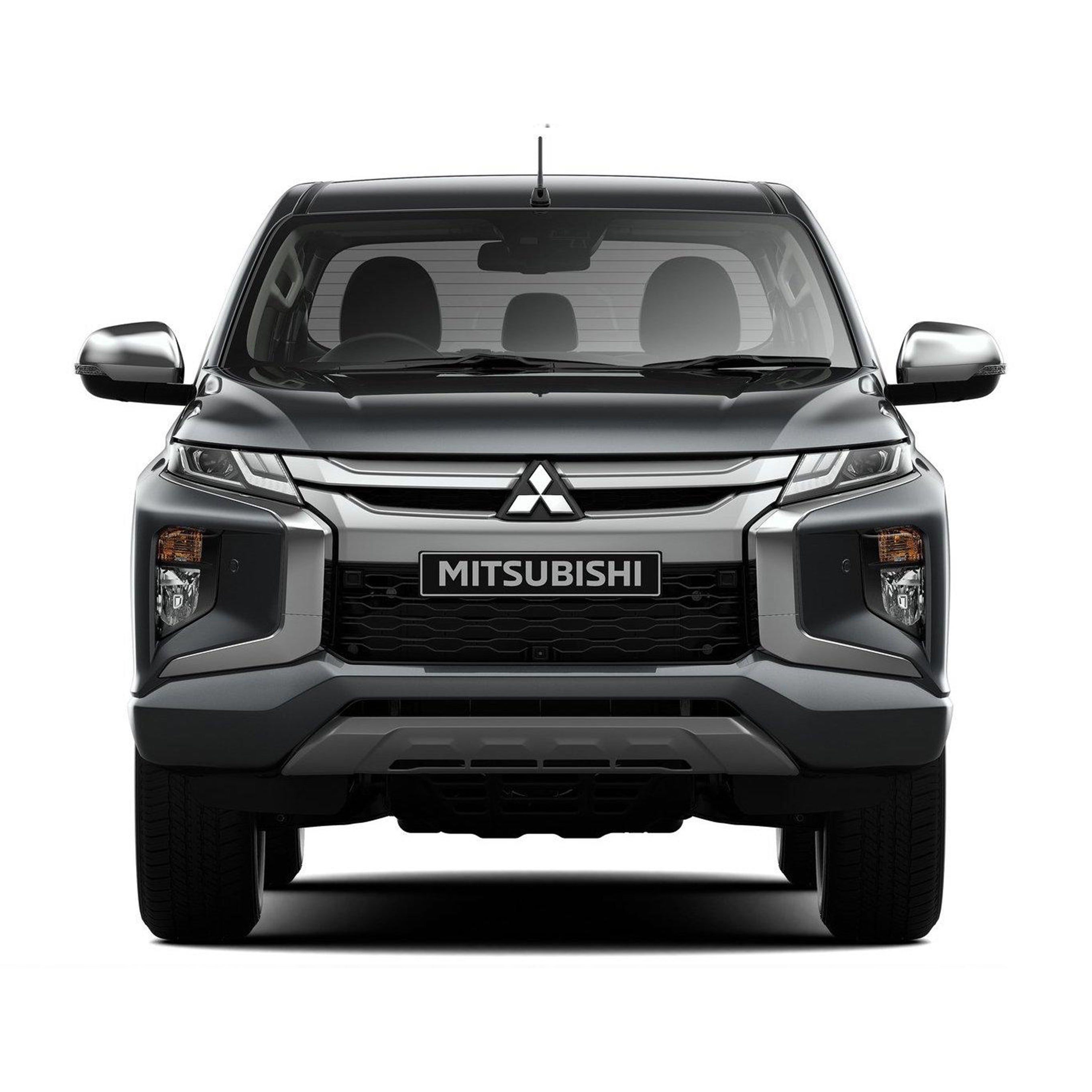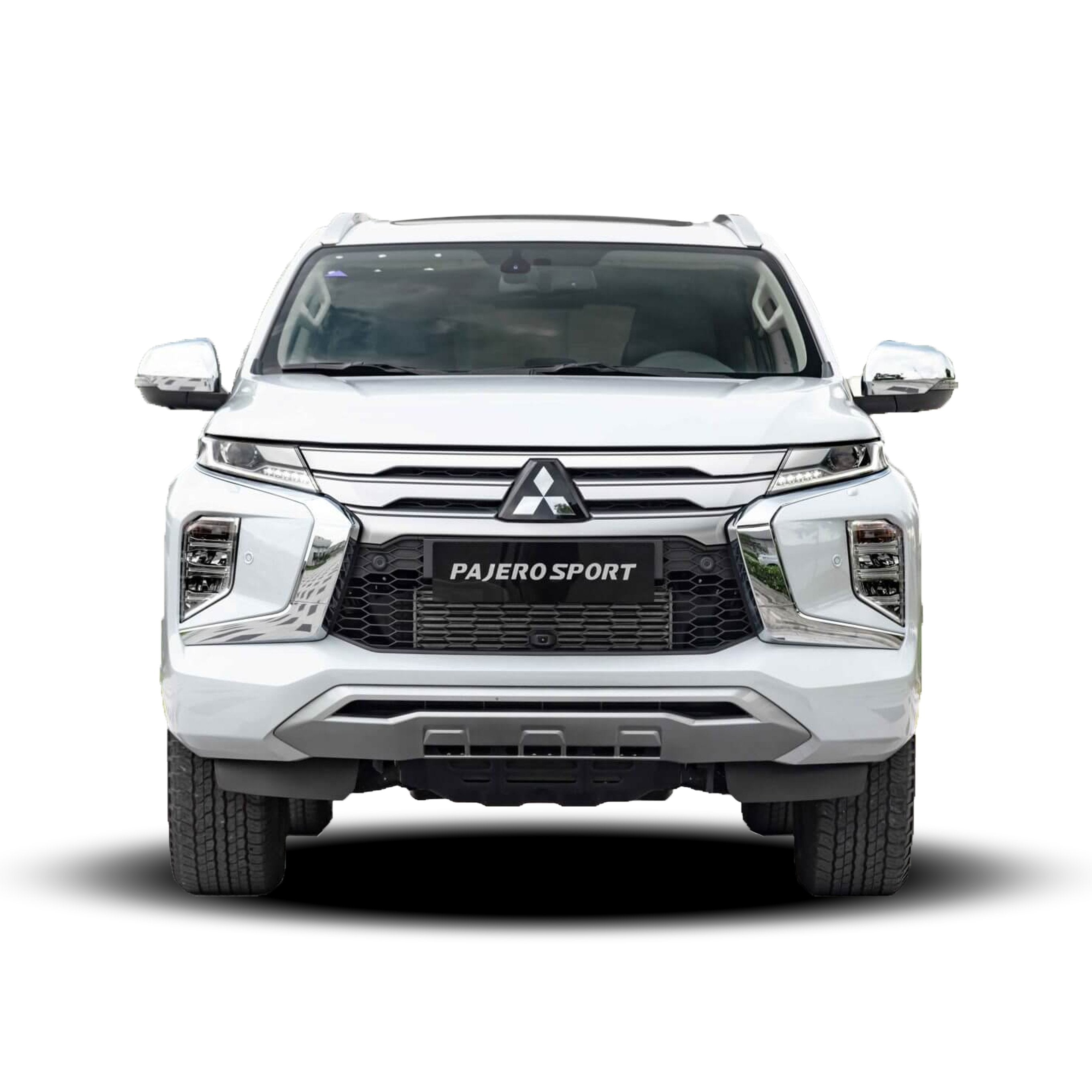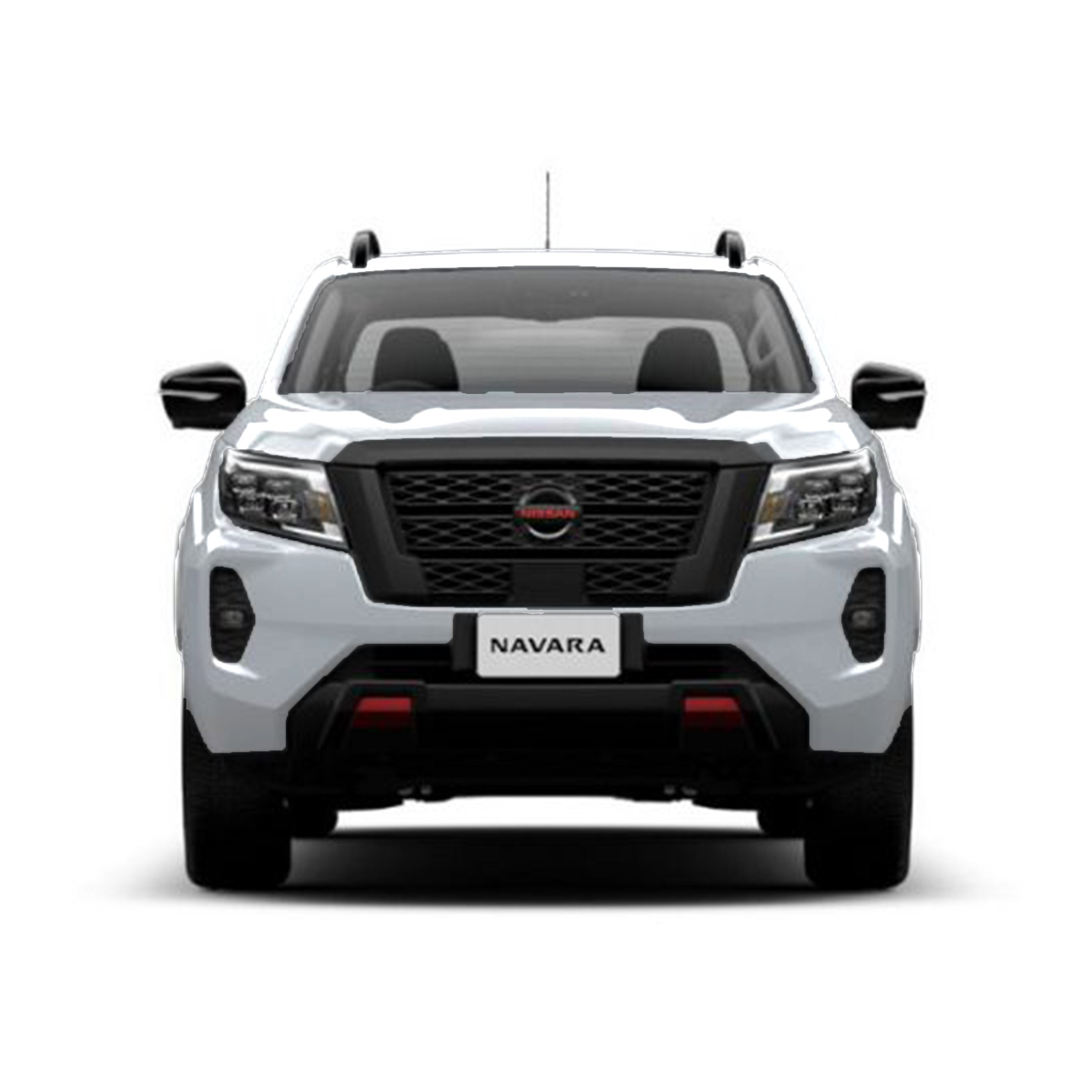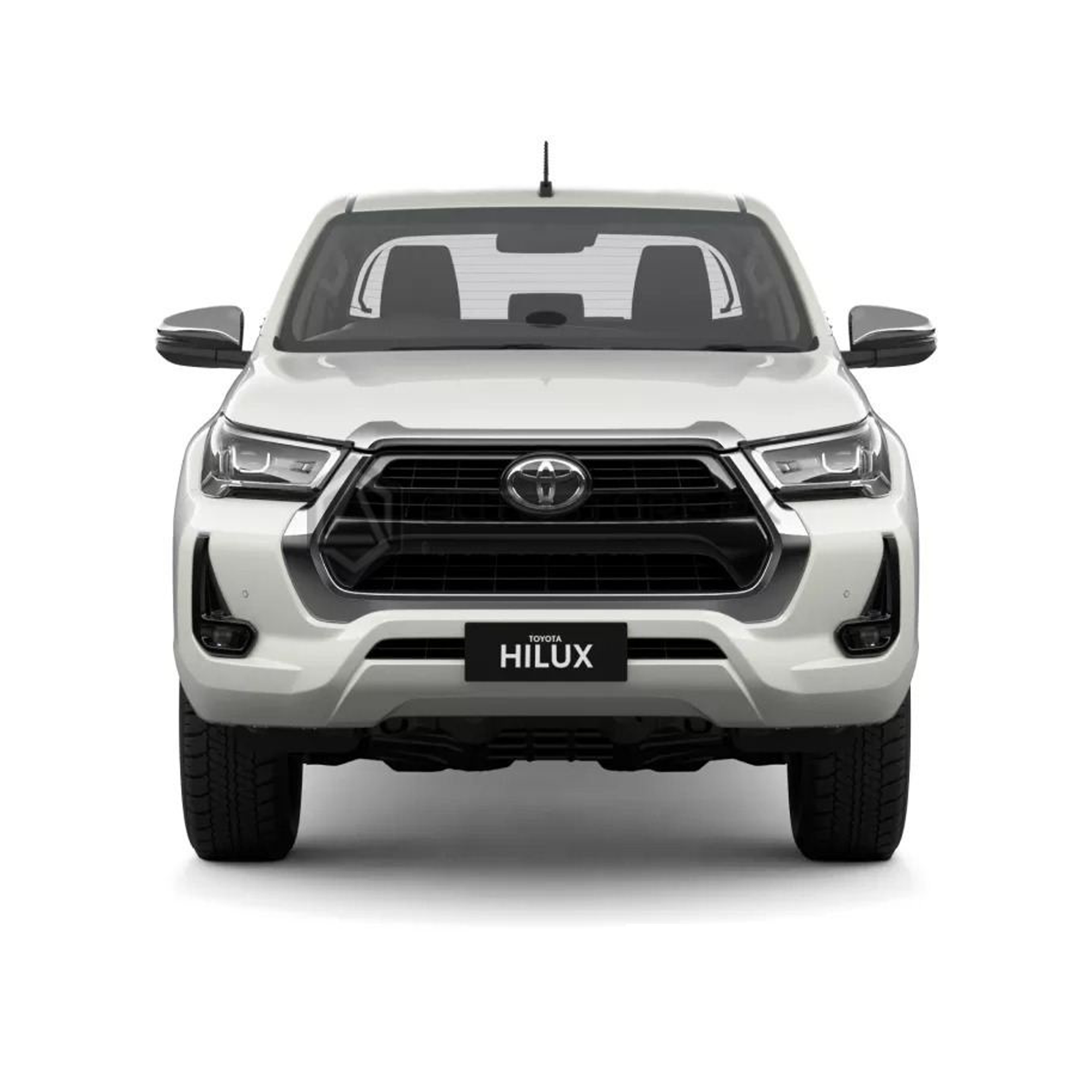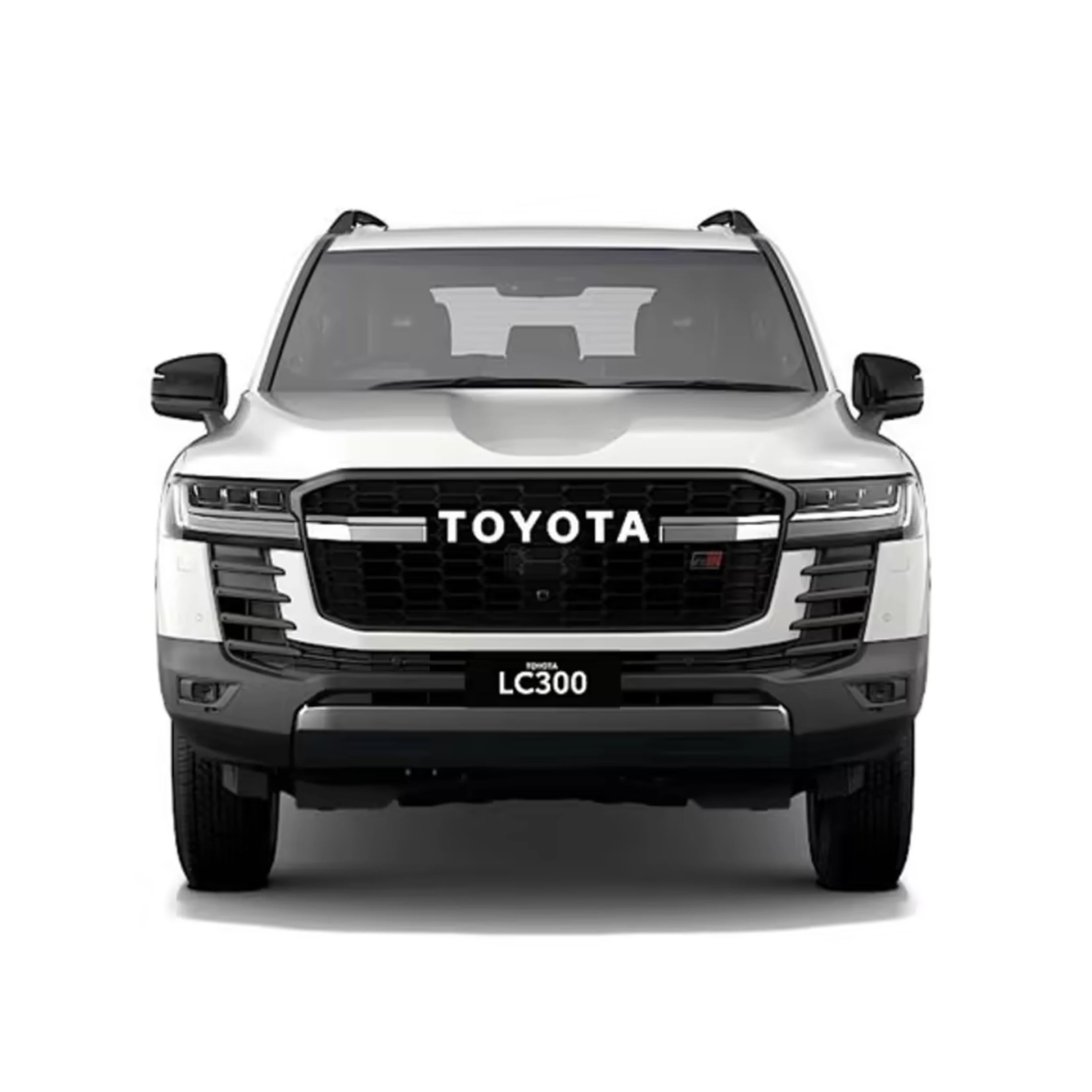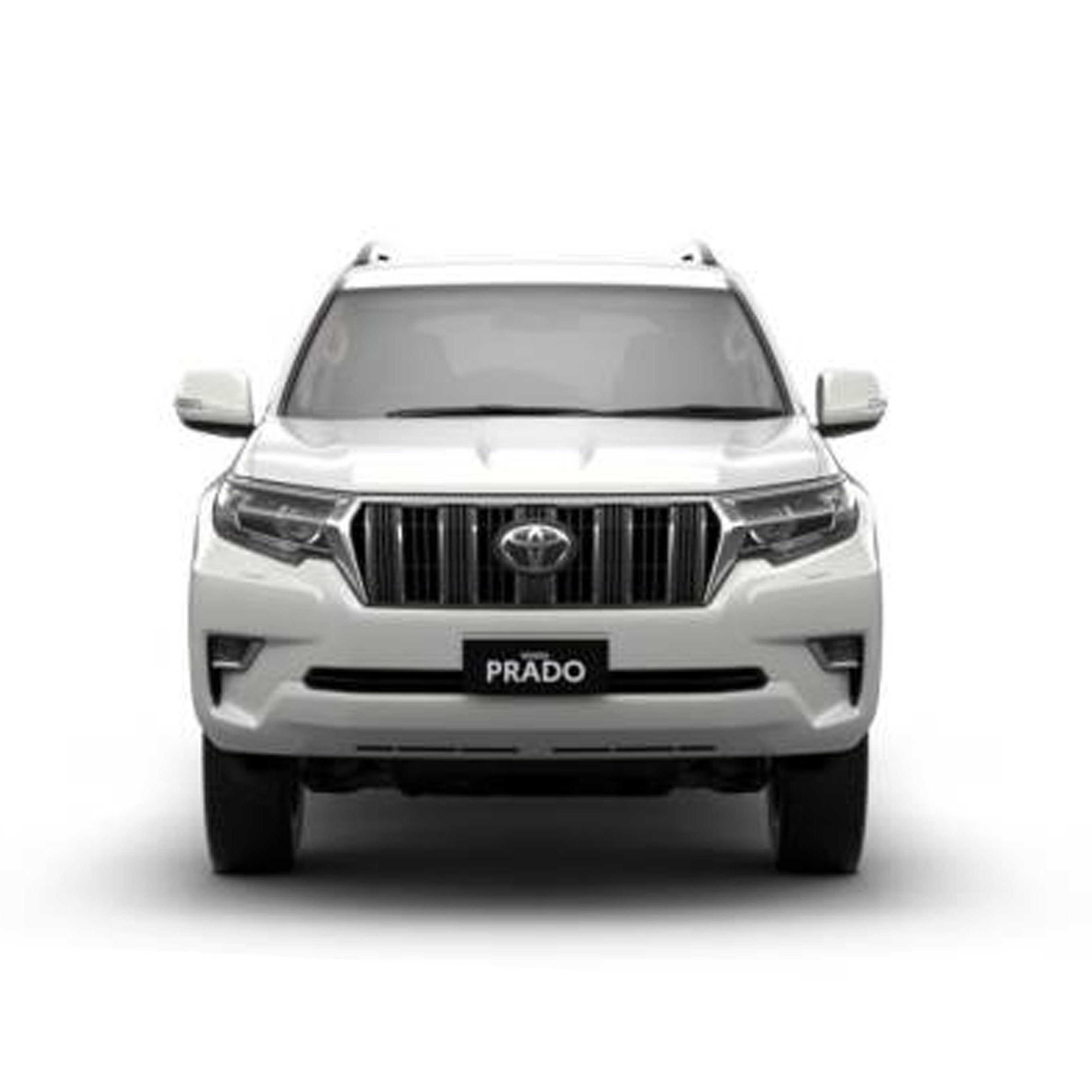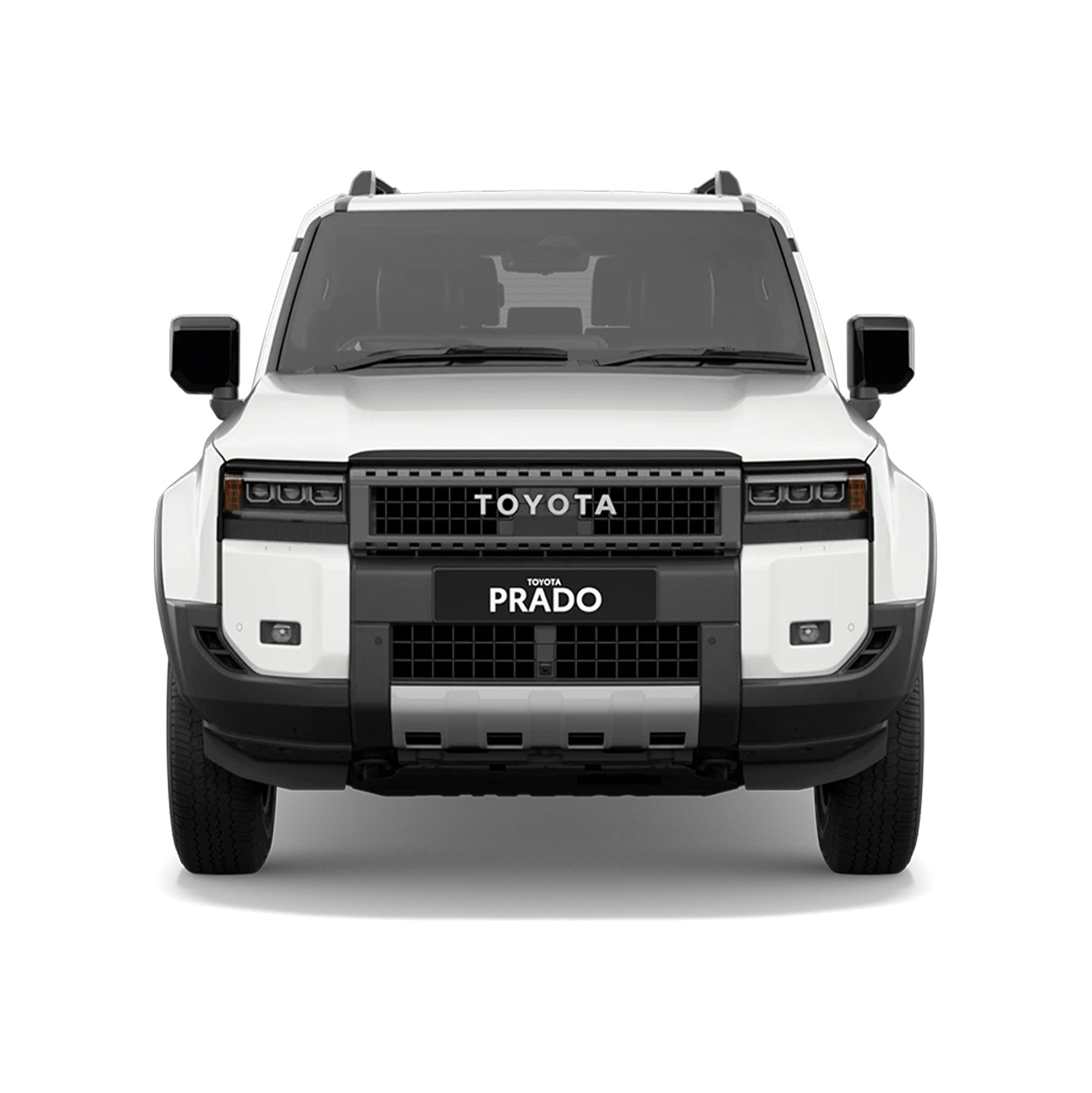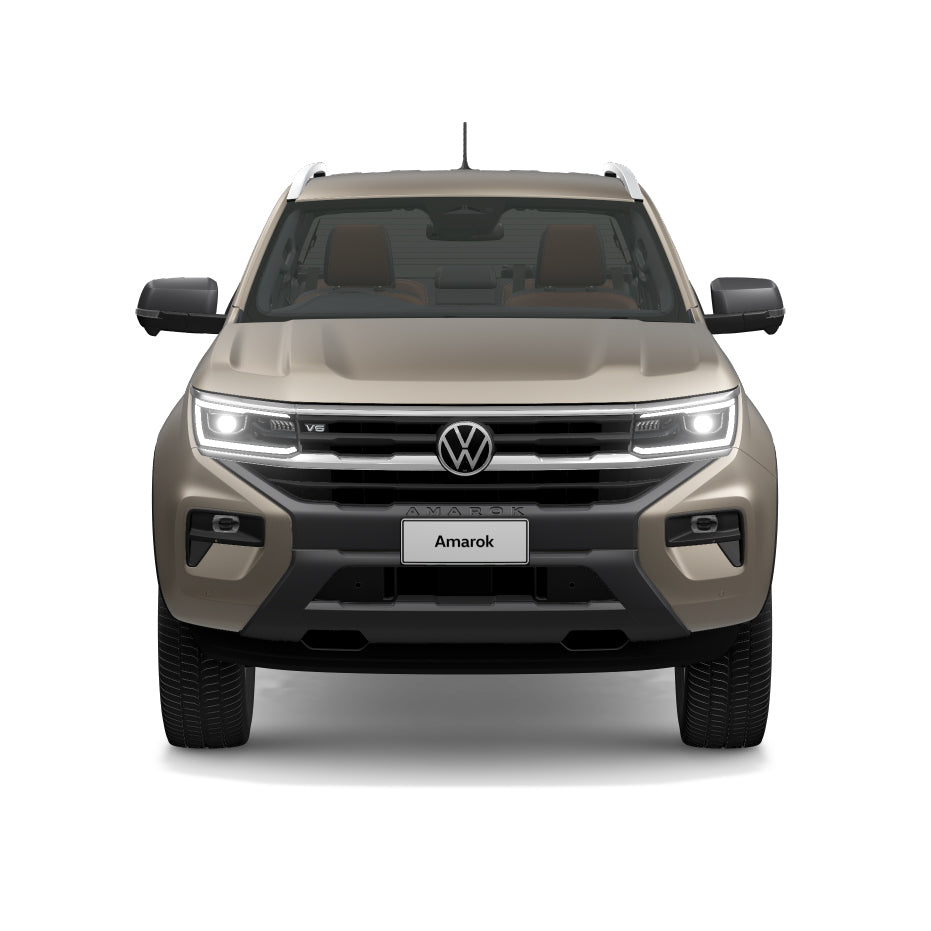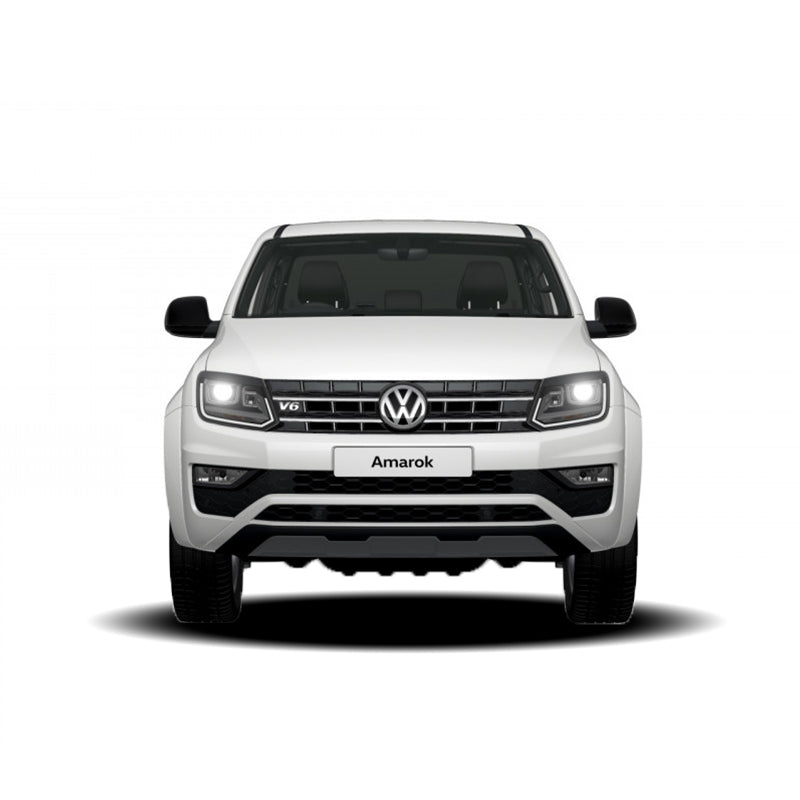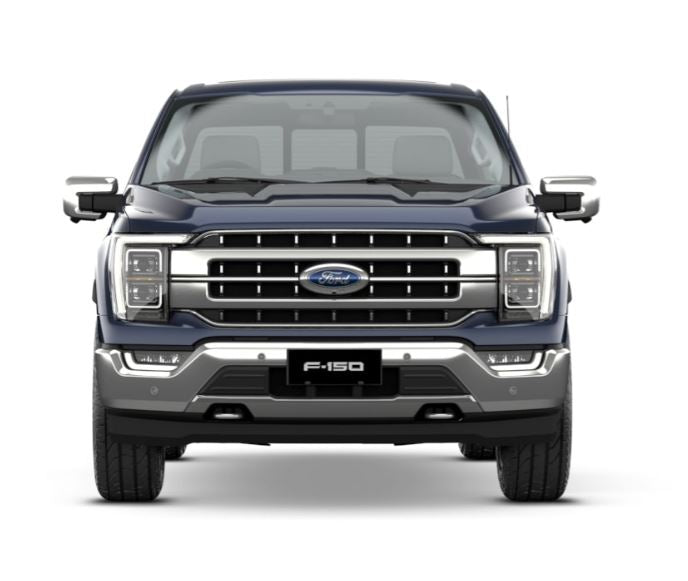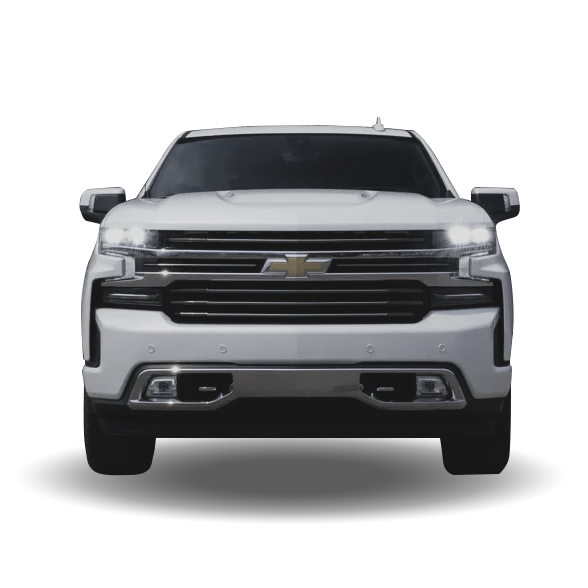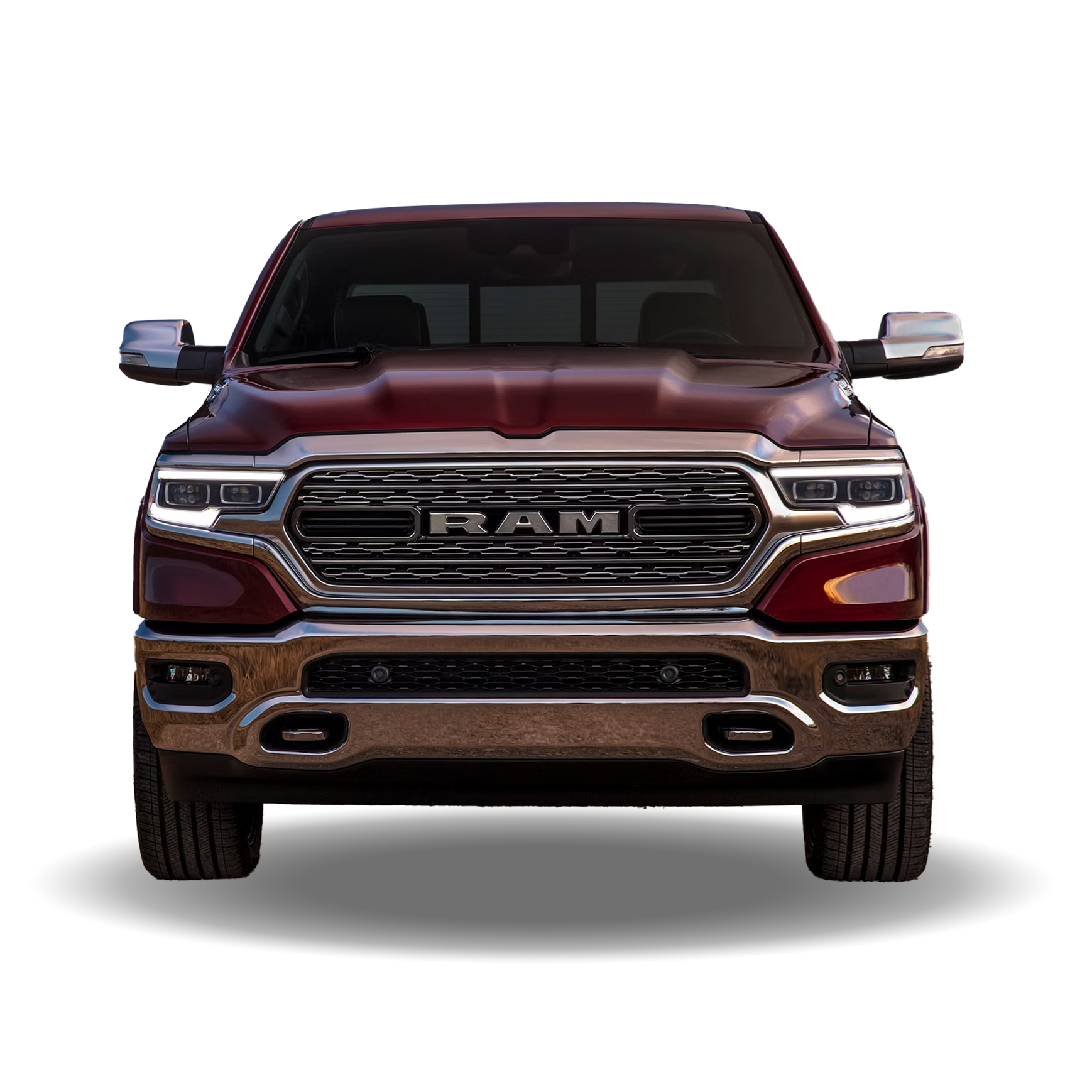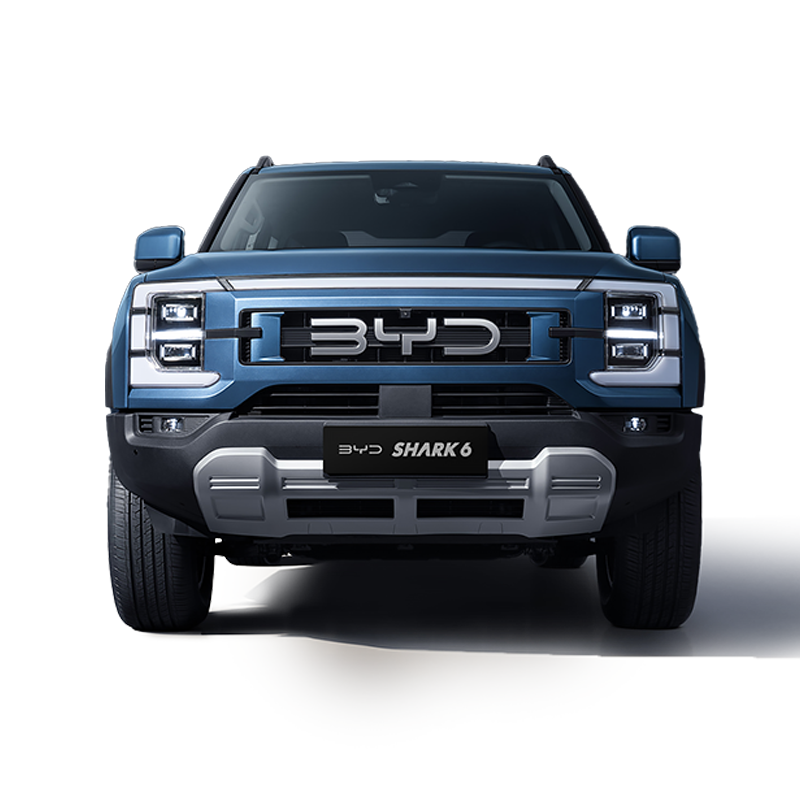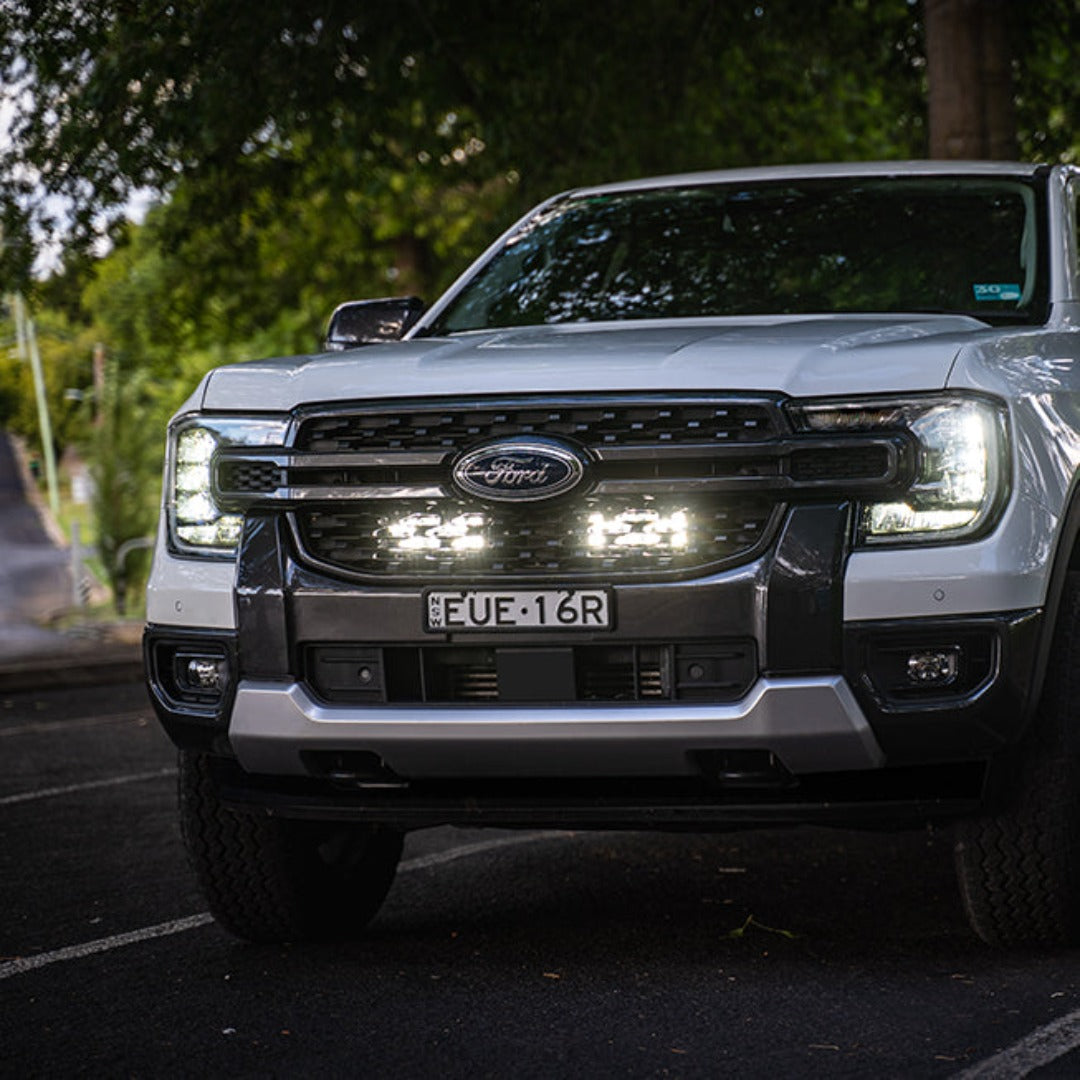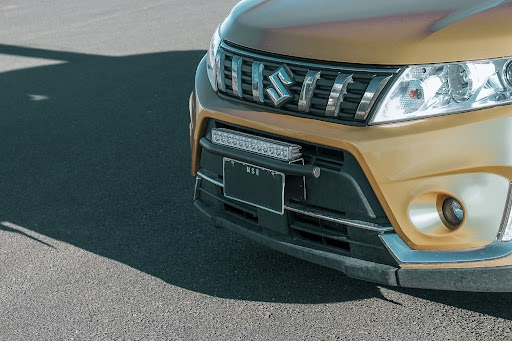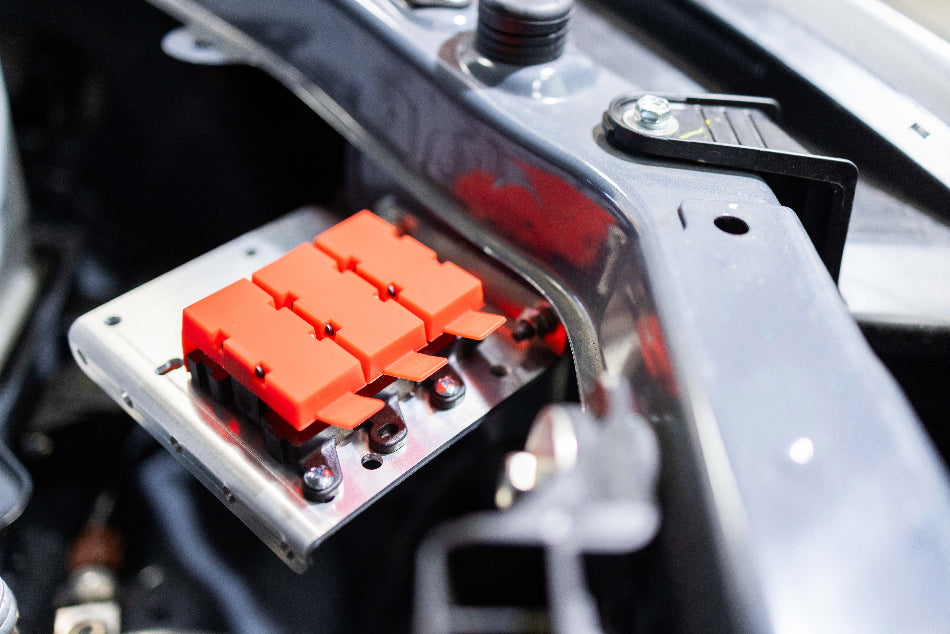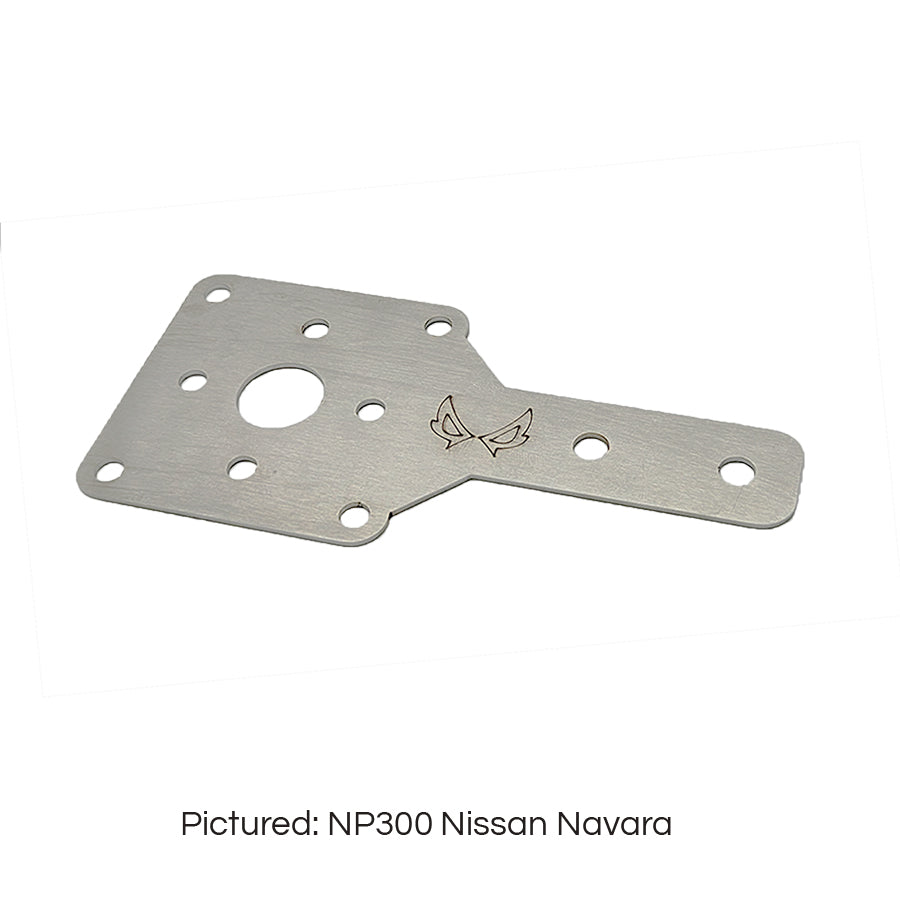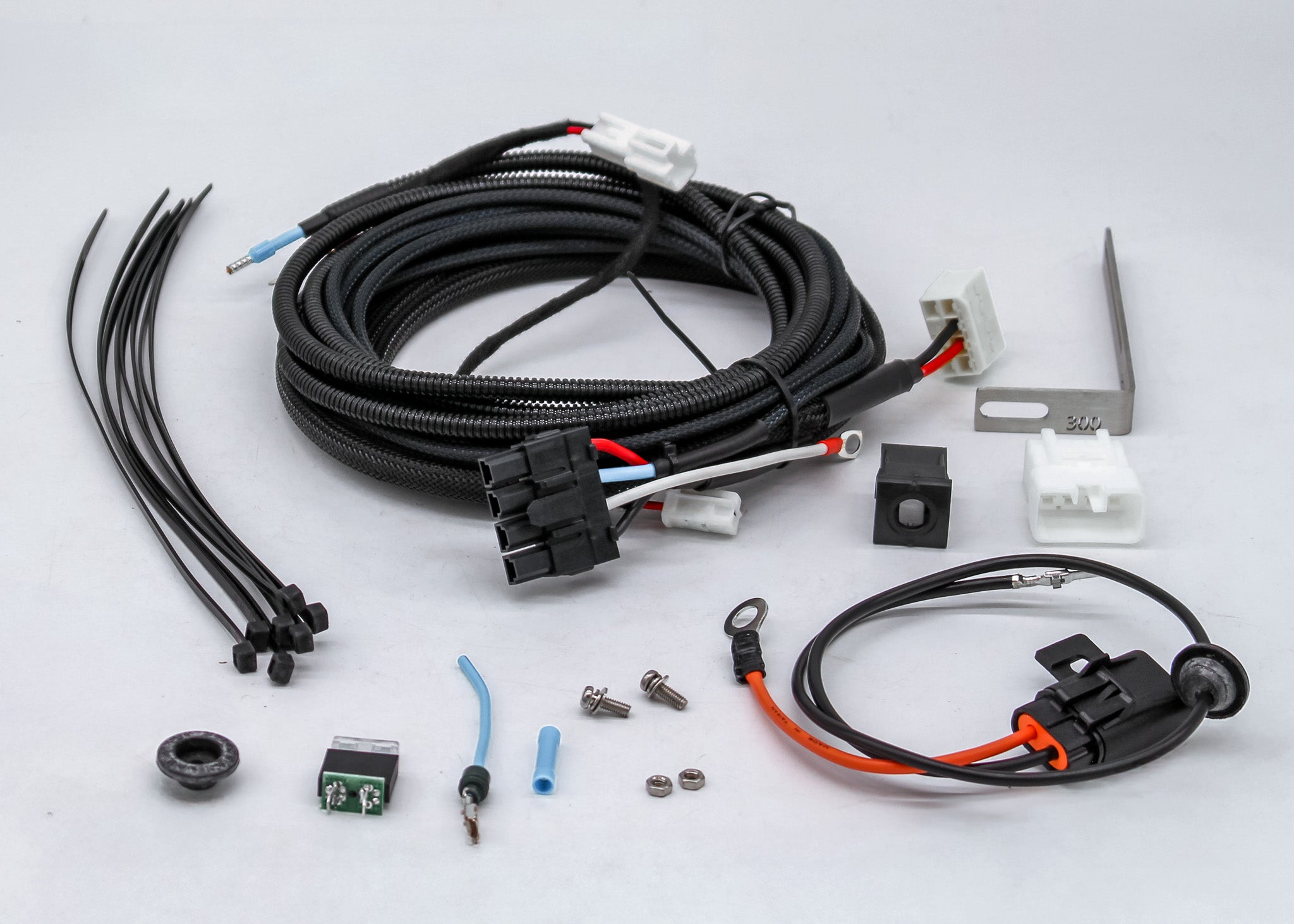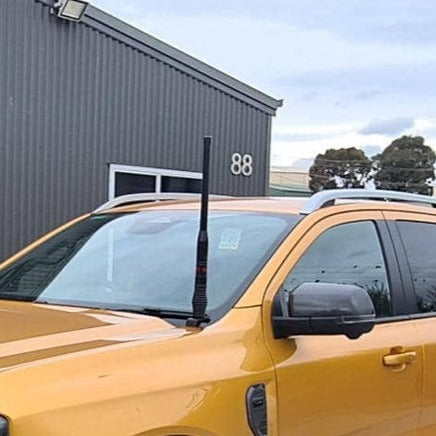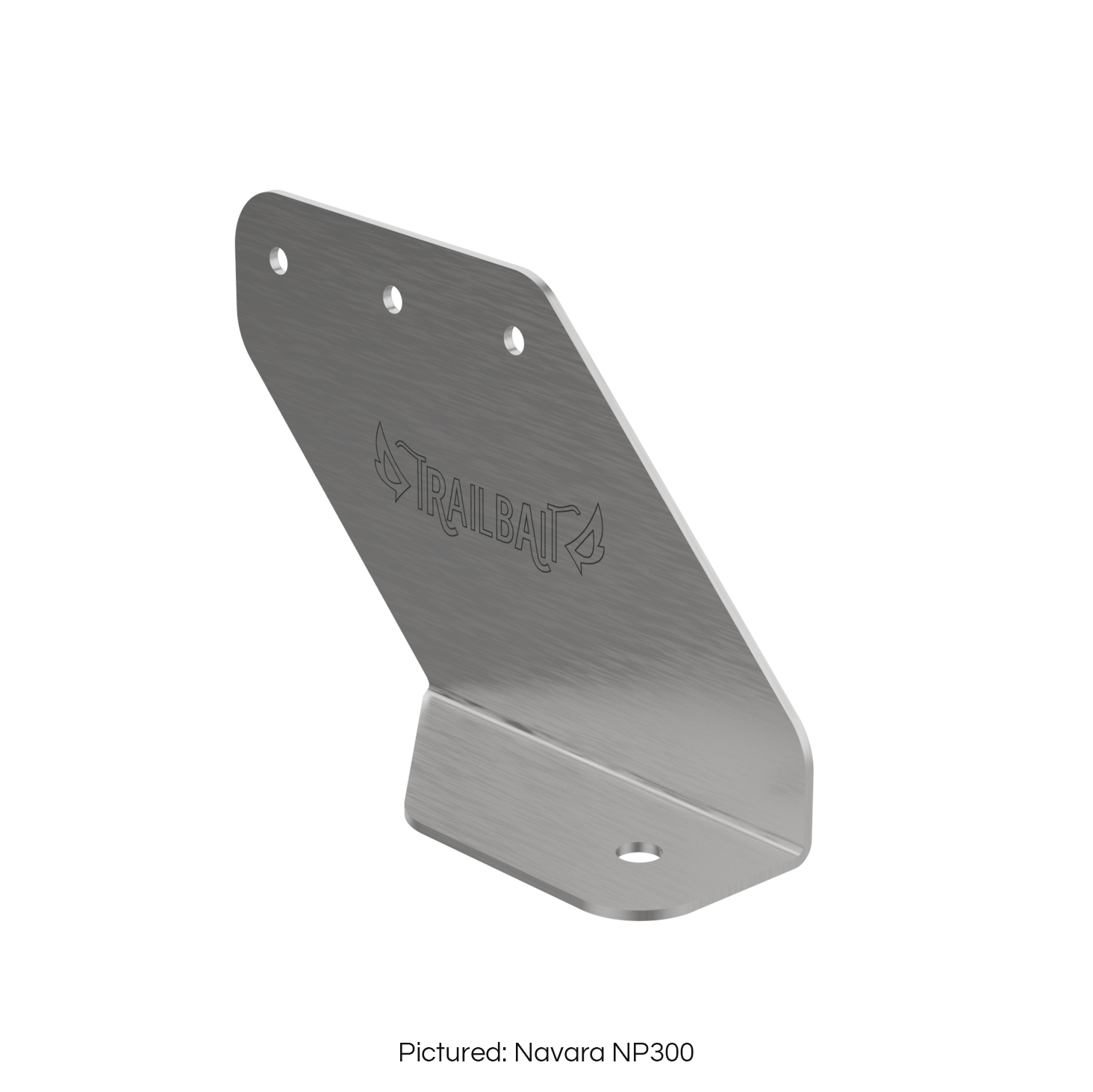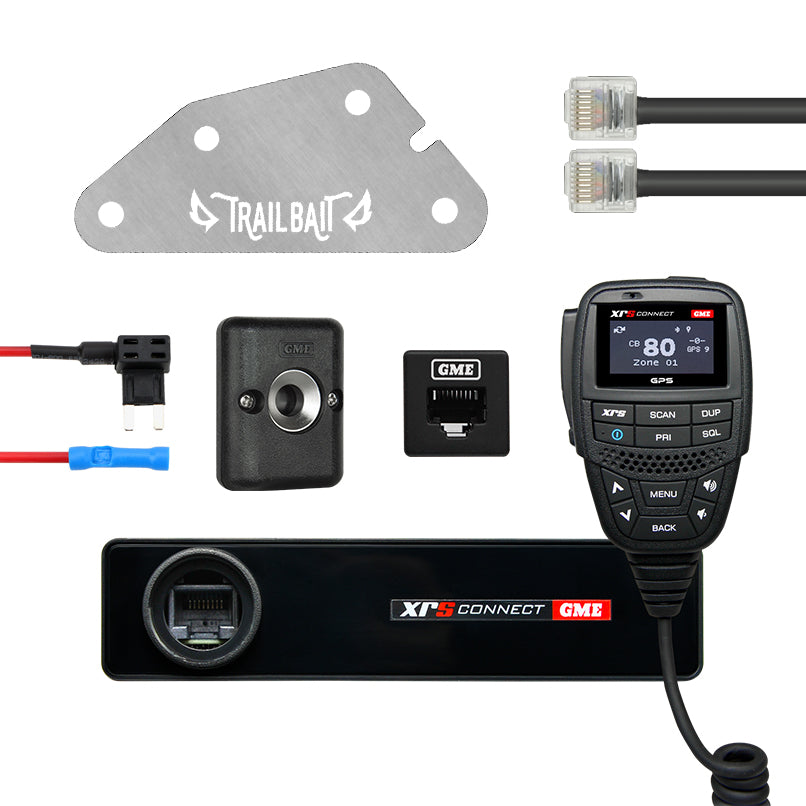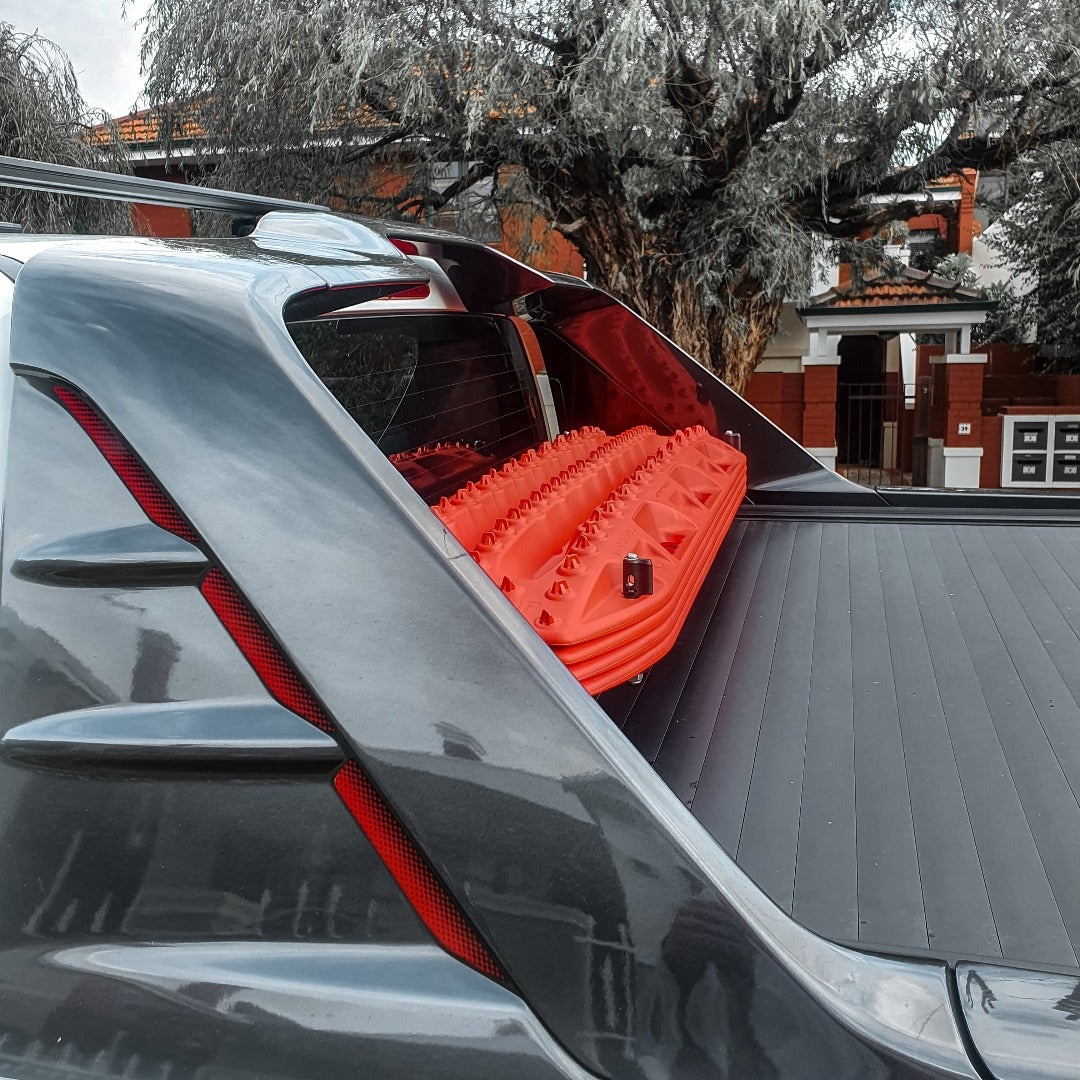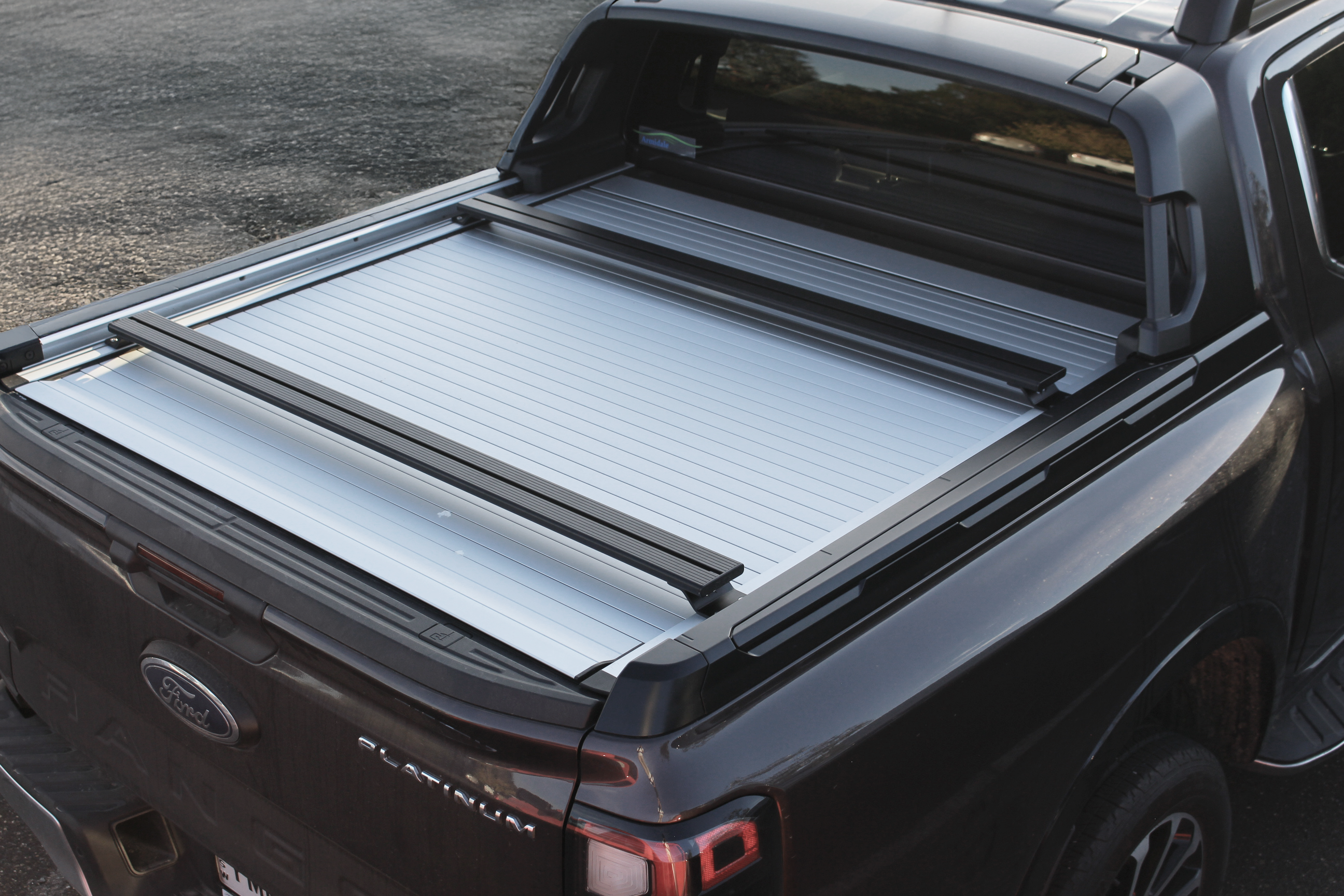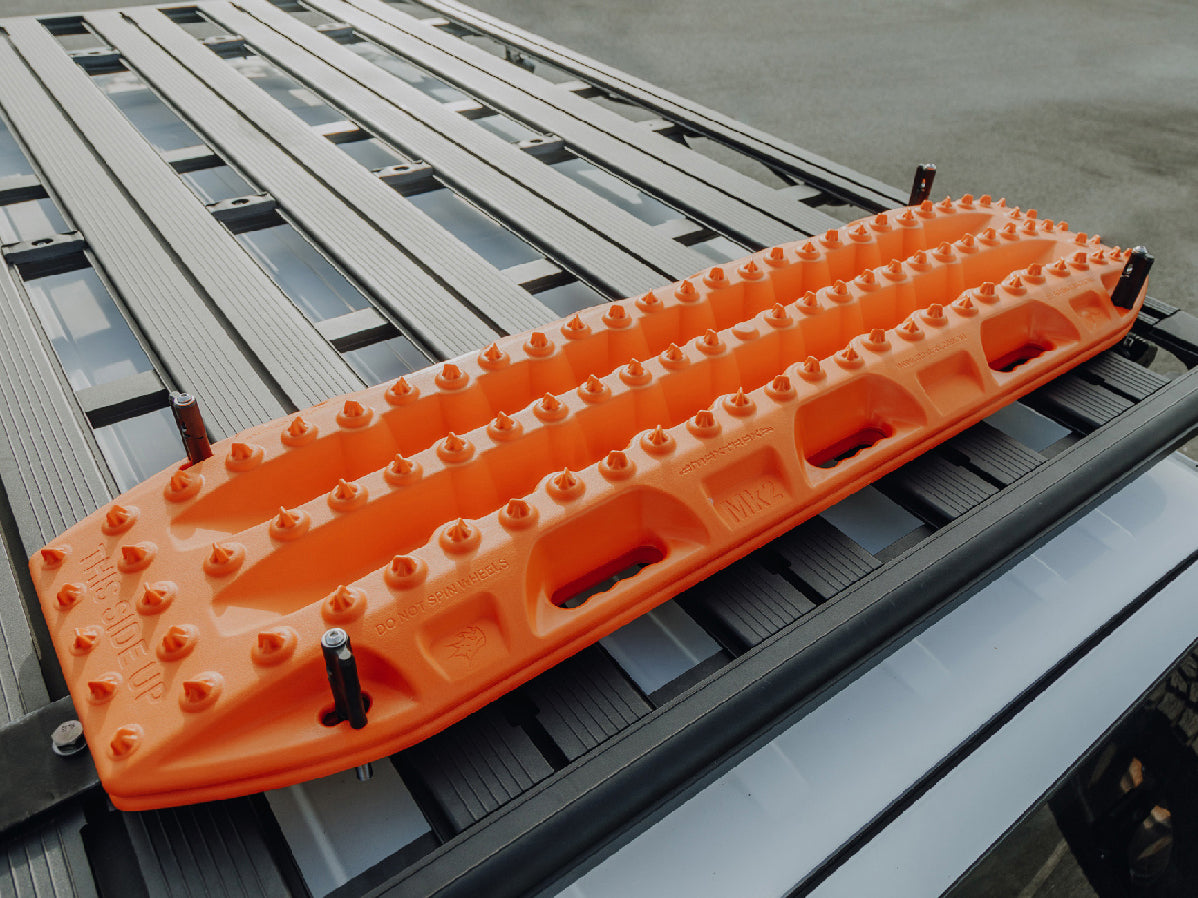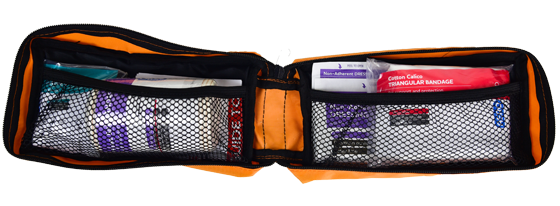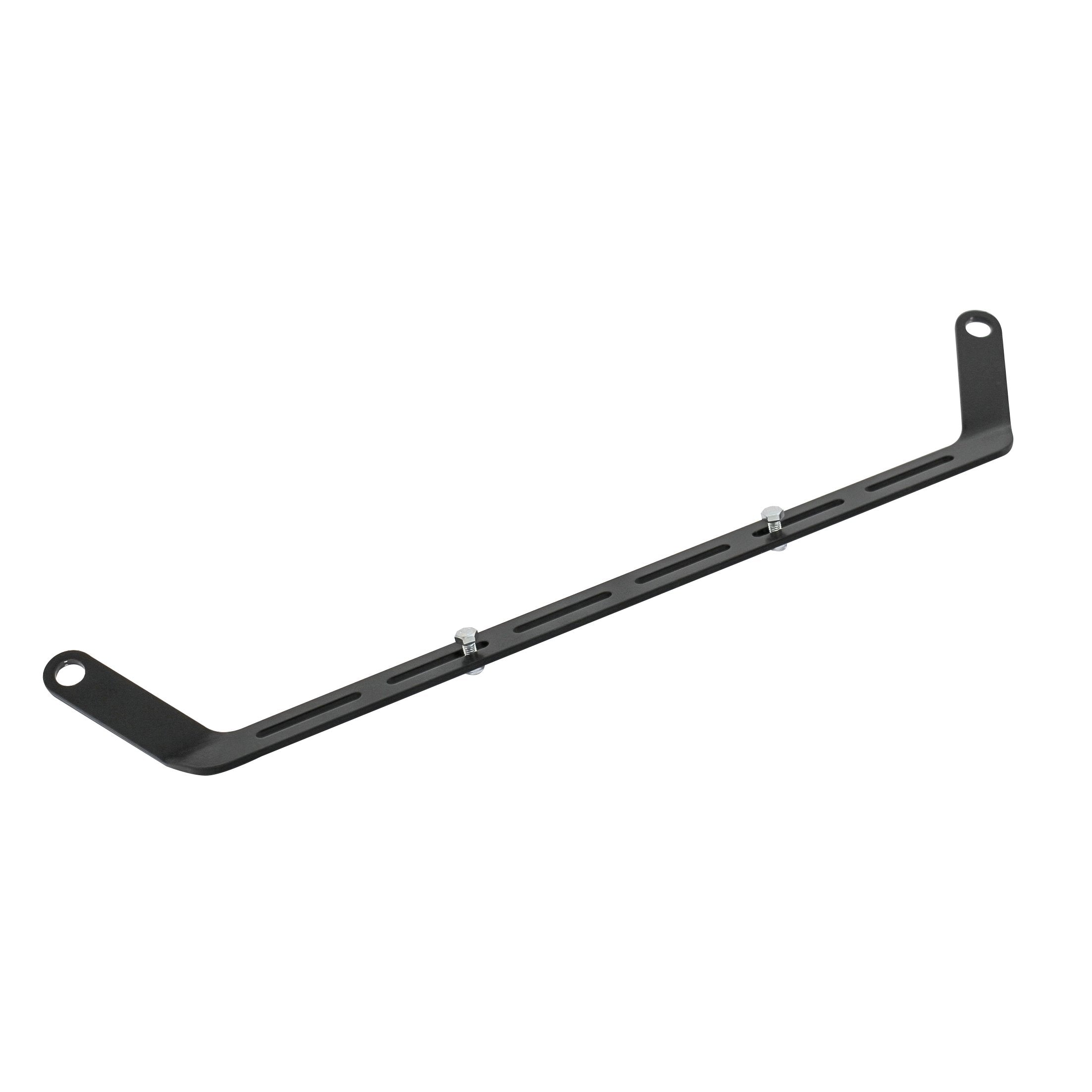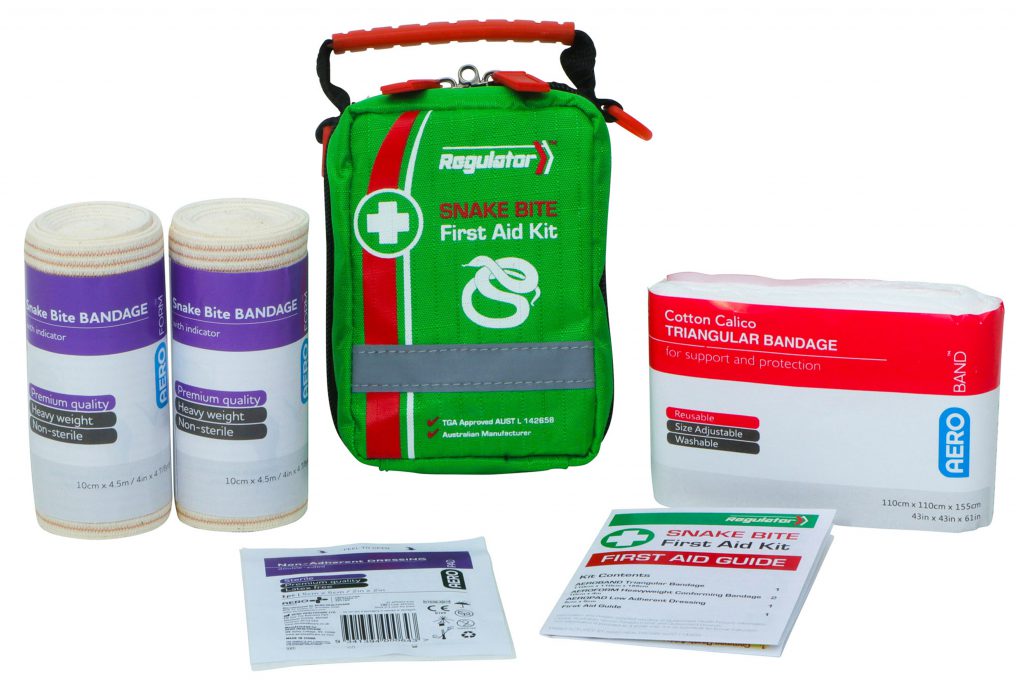
There are a variety of UHF aerials available on the market, and it can be difficult to decide which one is the best for you. Here are some things to consider when choosing an aerial. There is also a video at the end by UHF manufacturer GME.
1. Location
The first thing to consider is where you will be using the aerial. If you are in a location with restricted signal, then your best option would be a parabolic aerial. These aerials are much more effective in low-coverage areas. In addition, these aerials cover a wider area than other aerials. If your location has adequate signal coverage, then you may opt for a panel aerial or a multi-directional antenna. Panel aerials and multi-directional antennas give you greater flexibility in where you position the antenna. Furthermore, because these aerials do not come with a mast, they are more flexible when positioning the antenna.
2. Price
The price of the aerial varies widely depending on the model you choose and the features that it offers. However, be aware that you get what you pay for when it comes to aerials. A cheaper aerial is often made of inferior materials which can affect its performance. When comparing different aerials, make sure you consider the quality of materials and workmanship. Look for aerials that are built to last and designed to withstand harsh weather conditions.
3. Performance
Some aerials are designed to perform better than others in certain environments. For example, a broadband aerial with a directional gain of -4 dBi will deliver better performance in areas with low signal coverage than an antenna with an isotropic gain of -3 dBi. If you are considering buying a directional aerial, you should also ensure that the receiver is capable of decoding signals transmitted in that direction. Otherwise, your receiver will not be able to receive any signal.
4. Frequency Band
Some aerials are limited to specific frequency bands. Before you buy an aerial, make sure that it is compatible with your device’s frequency band. This ensures that you will get optimum reception and optimum performance.
The antenna is the most important component in any UHF setup. There are three basic types of antennas that are commonly used for UHF communication: parabolic antennas, panel antennas, and multi-directional antennas. Parabolic antennas are the largest and most powerful type of antenna available. They are also very expensive, and therefore not practical for most consumers. As a result, most consumers use panel or multi-directional antennas instead. These antennas are generally smaller and less expensive than parabolic antennas. More importantly, they are much easier to mount, so they can be used in more applications.
To decide which Aerial to buy, you have to consider several factors: cost, performance, frequency compatibility, size, and durability. These factors will often determine which antenna is the best choice for you. You also need to consider the environment in which the aerial will be mounted and the user's intended purpose. For example, some users will need a heavy-duty antenna that can withstand strong winds or other extreme weather conditions. Other users may require a lightweight, low-profile antenna that can fit into a small area yet provide a high level of performance.
There are many different types of aerials available for you to choose from, and the type you choose will depend on your specific needs and preferences. In general, the higher the frequency and the longer the aerial, the better the performance and the higher the cost of your purchase.
